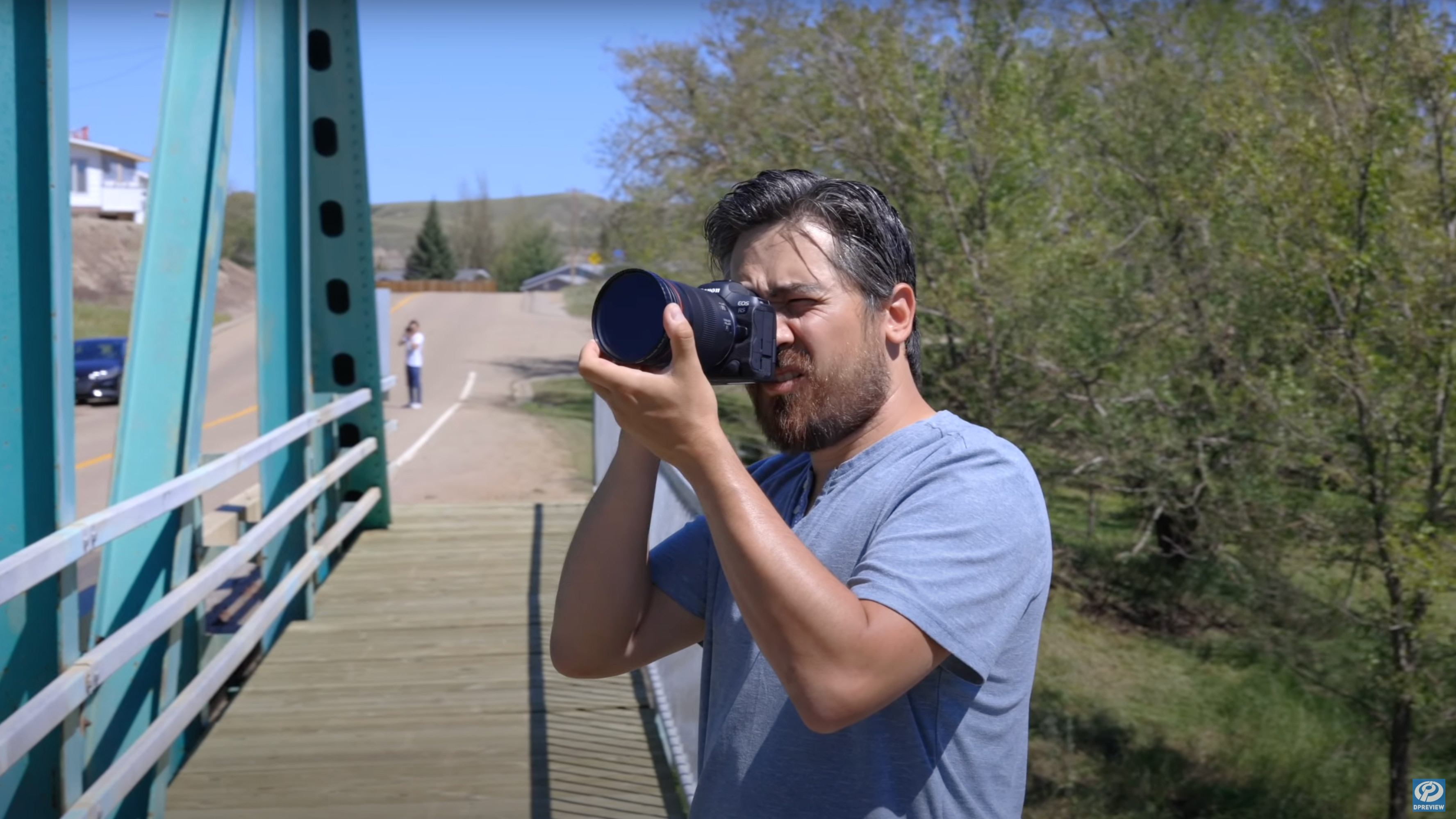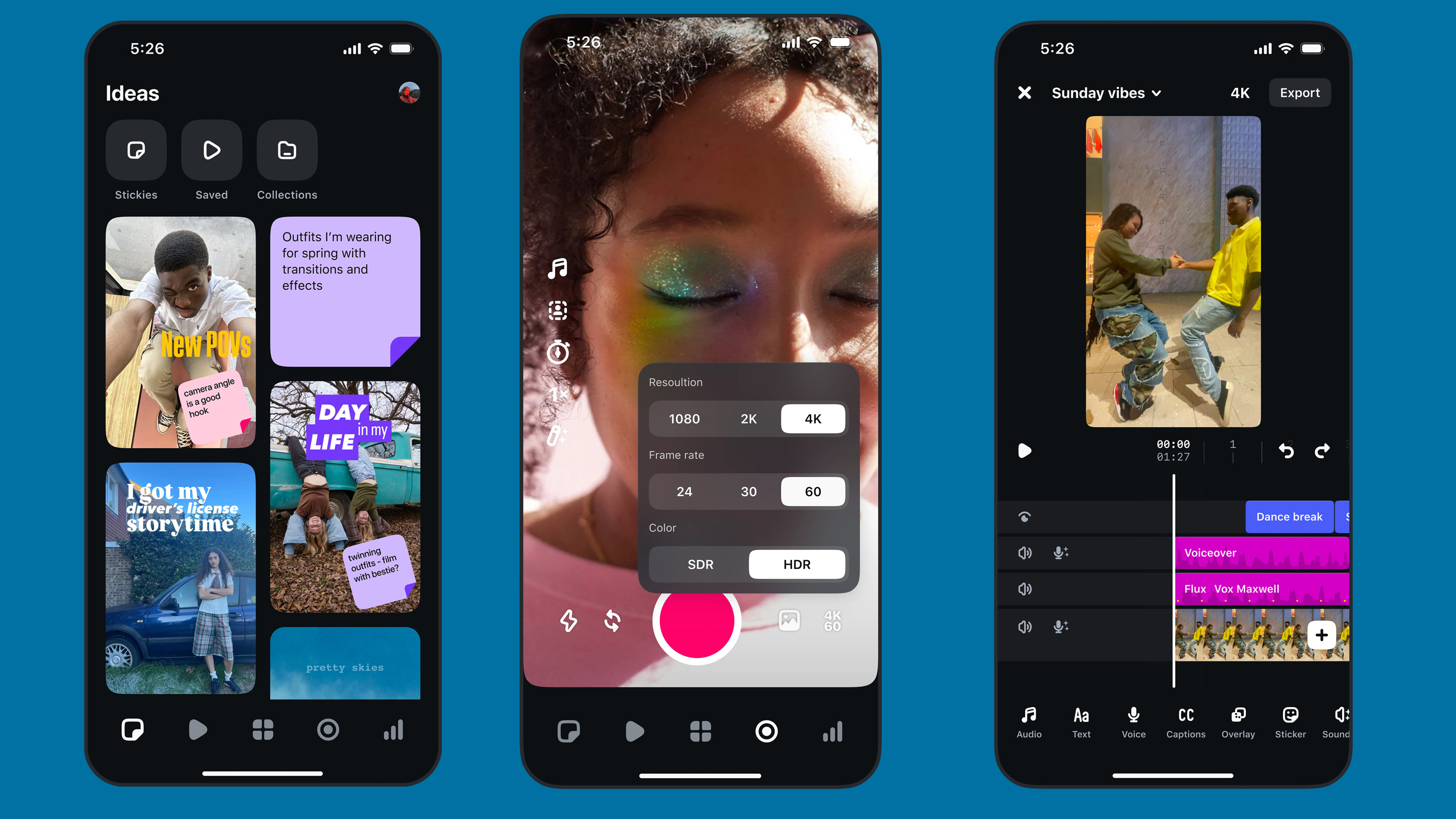Is the Canon EOS R5 REALLY the best handling camera in the world?
Camera handling is a pretty subjective thing, but Chris Nicholls rates the R5 highest – and Sony is nowhere in sight

When it comes to choosing a camera, how it feels in your hands is pretty important. Just like Goldilocks didn’t want the porridge that was too sweet or too salty, or a bed that was too hard or too soft, you don’t want a camera that’s too big or too little – it needs to be just right. So what are the five best-handling cameras, according to DP Review’s Chris Nicholls?
Handling is one of those things that’s super subjective – so what one person loves, another person could hate. For me the Sony A7 III is brilliant, as my hands are small and they can fit in the gap between the lens, but Nicholls doesn't even include a single Sony on the list. While his opinion isn’t by any means the gospel, he does pick a few gems that I can completely agree with (and a few that I don’t).
• So then… what's the best camera for photography?
In fifth place, Nicholls went for the Pentax K-1. Despite having an overly complicated display of buttons and dials, the user interface is relatively straightforward. For me though, the pop-out screen is over-engineered – and as someone who is sub 5'4", it’s just a bit too big and heavy. The grip is huge and I find it hard to hold comfortably in one hand, which is a bit of a dealbreaker.
I was super excited to see the Nikon D750 was included, as it’s the camera that first popped into my mind when I thought about the best camera for handling. The distance between the grip, the lens, the shutter button and the dials is perfect. You barely have to move your fingers to reach the aperture and shutter speed dial when shooting in manual, and it somehow seems to suit everyone.
It’s not really any surprise that the Canon EOS R5 comes out on top, as it seems to just overshadow every camera these days. Not only is it a powerhouse when it comes to image quality, 8K video capabilities and insanely fast AF, but it feels nice too. It has just the right amount of buttons on the back, which are perfectly spaced and easy to access. Canon has thankfully done away with the pointless slide button that appeared on the Canon EOS R and opted instead for a standard joystick to use for focusing.
While I probably would’ve put the 8-year-old D750 straight into the first spot, you can’t argue with Nicholls’ reasoning for opting for the R5 instead. It ticks a lot of boxes, it’s very intuitive, the menus are simple, the interface is touchscreen and you do things in the most obvious way (unlike with Sony cameras). Whether you agree with the list or not, it goes to show how important it is to get a feel for a camera before you buy. If you can it’s always wise to pop into your local camera retailer to try before you buy, and then you can’t be disappointed.
Get the Digital Camera World Newsletter
The best camera deals, reviews, product advice, and unmissable photography news, direct to your inbox!
Read more:
Best mirrorless cameras
Best Canon cameras
Best Nikon cameras

Having studied Journalism and Public Relations at the University of the West of England Hannah developed a love for photography through a module on photojournalism. She specializes in Portrait, Fashion and lifestyle photography but has more recently branched out in the world of stylized product photography. Hannah spent three years working at Wex Photo Video as a Senior Sales Assistant, using her experience and knowledge of cameras to help people buy the equipment that is right for them. With eight years experience working with studio lighting, Hannah has run many successful workshops teaching people how to use different lighting setups.

